Schools Alive With Possibility
Key Points
-
Covid conditions (and politics) continue to preoccupy public schools in America.
-
Here are four other trends (that also start with C) that are emerging in K-12 education–trends that create hope and a sense of possibility.
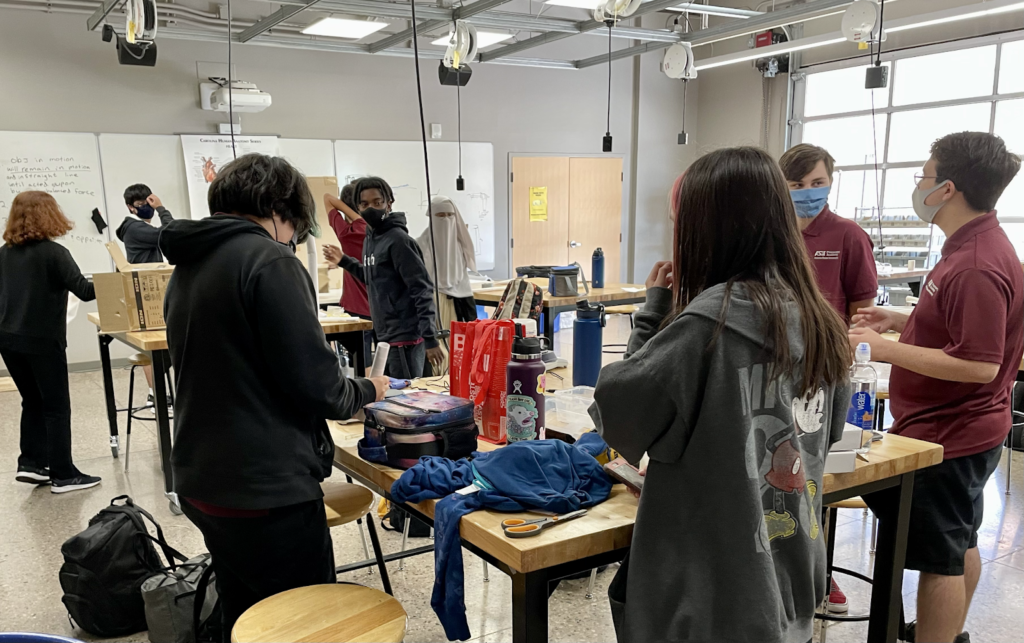
Covid conditions (and politics) continue to preoccupy public schools in America. But four other trends (that also start with C) are emerging in K-12 education–trends that create hope and a sense of possibility.
Community Agreements
In the years leading up to and even in the midst of the pandemic, communities across the world adopted new learning goals that more fully express the knowledge, skills, and dispositions that contribute to purposeful citizenship.
The first international Survey of Social and Emotional Skills by the OECD said, “Social and emotional skills are an important developmental outcome in their own right. The ability of citizens to adapt, be resourceful, respect and work well with others, and to take personal and collective responsibility is increasingly becoming the hallmark of a well-functioning society. Skills such as cooperation, empathy, and tolerance are key for citizens and nations to achieve sustainable development goals and to effectively participate and contribute towards building democratic institutions.”
As CASEL advised, a growing number of systems are promoting social and emotional learning and attempting to track growth while avoiding using early measures in old accountability systems.
Learning goals are increasingly informed by science-based whole child design principles which include rich learning experiences, developmental relationships, and integrated supports.
One example of a region coming to community agreement on rich learning experiences is metro Kansas City, where the goal is for all 100,000 high school students to gain from community-connected projects, internships, and entrepreneurial experiences (see case study).
On integrated supports, Highline Public Schools shares a promise: Every student is known by name, strength and need and graduates prepared for the future they choose.
Expressing whole child principles, Cajon Valley USD, serving diverse east San Diego County, has a mission of “Happy kids, healthy relationships, in a path to gainful employment.”
In Redefining Student Success: Building a New Vision to Transform Leading, Teaching, and Learning, Ken Kay and Suzie Boss stress the importance of creative problem solving, inviting students to take on society’s greatest challenges while promoting innovation and entrepreneurship.
Connected Learning
After revealing inequities, the pandemic accelerated connected learning–tech enabled blended learning with more take home devices and better access to broadband. And, while challenging during remote learning, interest in active learning–inquiry-driven, project-based, often community connected experiences–continued to grow.
In metro Kansas City, 75 high schools in 31 systems are adding more #RealWorldLearning including internships, community connected projects, entrepreneurial experiences (see case study).
The national CAPS Network is an affiliation of 123 school districts committed to professions based learning–real-world, project-based learning strategies through collaborations with business and community partners. They promote exploration and self discovery while developing professional skills and an entrepreneurial mindset.
The George Lucas Educational Foundation describes this trend as “authentic, challenging, active, and relevant learning experiences.” They note a growing body of research that points toward project-based learning as an important lever for young people to build agency, knowledge, and make faster and more sustainable academic progress.
In The Power of Place, we described these community connected learning strategies as learner centered, inquiry-based, interdisciplinary and incorporating community as classroom, design thinking, and local to global context.
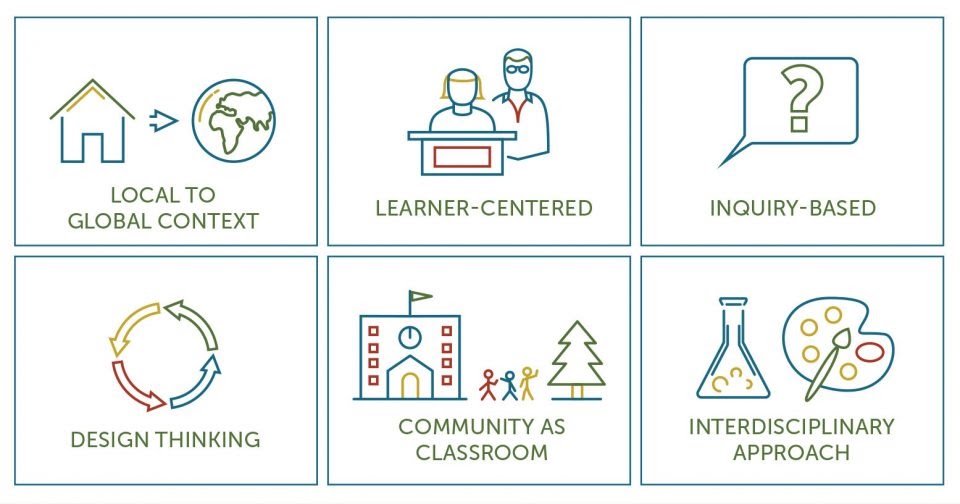
Another connected learning trend is the growth in P-TECH— high schools that combine college credit opportunities, skill building, and tech work experience. The initiative, launched with support from IBM, now includes 210 US schools and more in 28 countries (see podcast).
Competency-Based & Credentialed Learning
The pandemic accelerated skills-based hiring. Major employers got smart about job requirements and, rather than degrees, became more explicit about skill requirements. Big tech (in the most important and least appreciated advance in learning opportunity of the last few years) invested in learning pathways to develop critical skills. IBM, Amazon, Google, Microsoft, and Salesforce have all invested in upskilling pathways with the potential for high wage employment. Most of these pathways feature skills credentialing and, while primarily accessed informally, they are a sign of personalized competency-based learning.
The pandemic accelerated the great unbundling of learning, an explosion of resources, some open, some free, some assigned, some discovered. A few resources, like Khan Academy, offer badges to mark progress. Some school districts shared learner records with tutors in quickly assembled pathways.
A few school systems made progress this fall in meeting learners where they are and enabling them to progress on demonstrated mastery. A few more are developing mastery transcripts to help graduates more fully tell their story. Slowly and around the edges, the system is becoming less time bound, more personalized, more competency-based.
Contribution & Coauthoring
The great quit of 2021 was in part a search for more meaningful work. The pandemic caused a bit of a reconsideration of student work as well. A few more schools are inviting learners to engage in projects meaningful to them and their community.
One Stone in Boise, Iowa BIG in Cedar Rapids, and Watershed in Boulder are small schools setting big examples of engaging projects and empowering difference making.
The EL Education schools put this spirit of “contribution to a better world” central to their outcome framework: putting their learning to use as active citizens, working for social justice, environmental stewardship, and healthy, equitable communities.
Schools in the Green Schools National Network strive to help “all students thrive as whole human beings and learn to steward the environments and communities.” They promote changemaking over test-taking
Carla Marschall is Director of Teaching & Learning at UWC South East Asia in Singapore where they enact a “pedagogy for people, planet, and prosperity to nurture students’ abilities to think critically with compassion, to explore alternative futures, and to take action to ensure their own, others, and the planet’s well-being.” Her new book Worldwise Learning: A Teacher’s Guide to Shaping a Just, Sustainable Future, which is a guide focused on supporting K-8 learners in gaining a better understanding of how to be global citizens (see podcast).
Schools that promote connected learning and contribution invite learners to coauthor learning experiences and take ownership of their learning journey.
Slowly and around the edges, the system is becoming less time bound, more personalized, more competency-based.
Tom Vander Ark
“In our ever-changing and unpredictable world, learners need to master the skill of knowing what to do when they do not immediately know what to do. Doing this effectively involves the development of agency and executive function skills, which is made possible through the learner’s active engagement in experiences they typically do not encounter in today’s schools,” explains AASA’s Learning 2025 report.
Because they promote deeper integrated learning, the trends of connected learning and contribution complicate the trends of credentialed learning–and that’s a good tension. It is challenging to make mastery judgements about and credential the most important competencies. Embracing the tension between valuable learning and concise communication of capabilities is key to avoiding the reductive consequences of the NCLB era.
More school communities are adopting agreements on broader learning goals, more schools are offering coauthored and community-connected learning experiences and documenting them in
competency-based progressions. More schools are turning big questions into valuable learning experiences. In Difference Making, we called these “schools alive with possibility.”


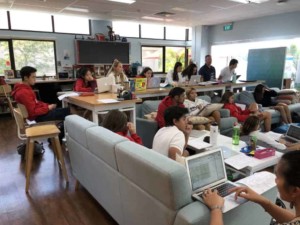
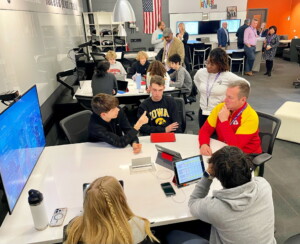

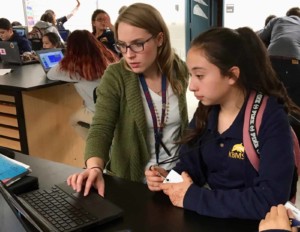
0 Comments
Leave a Comment
Your email address will not be published. All fields are required.